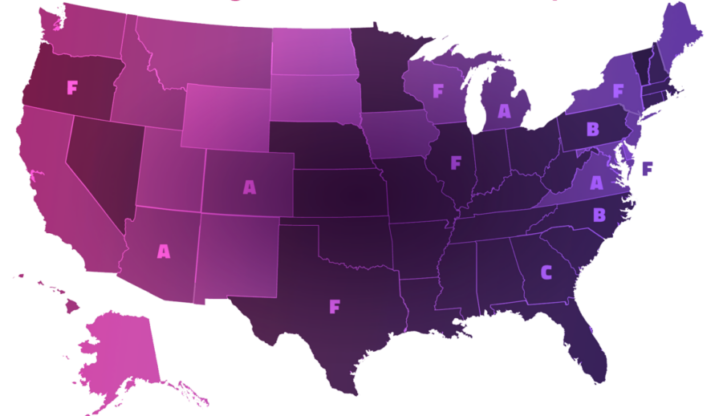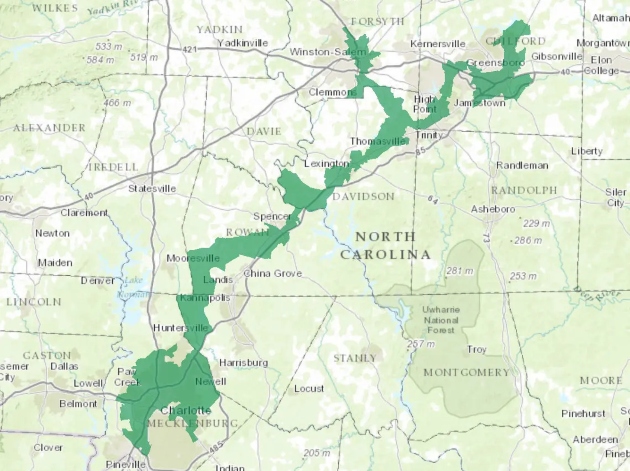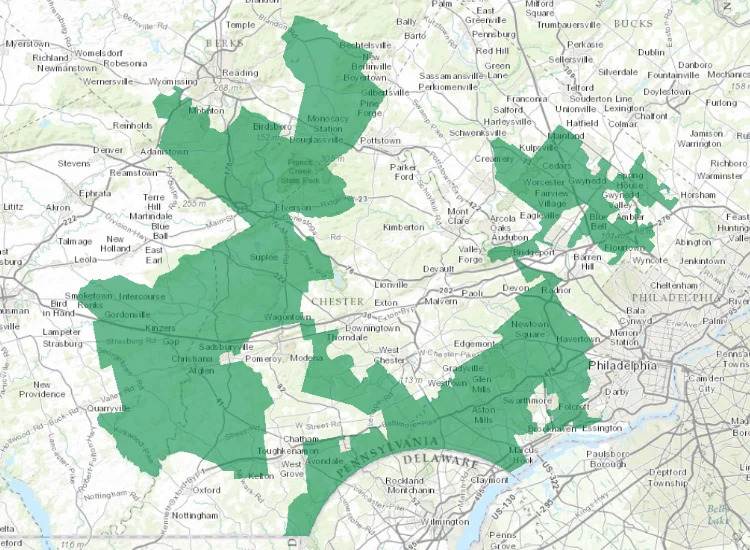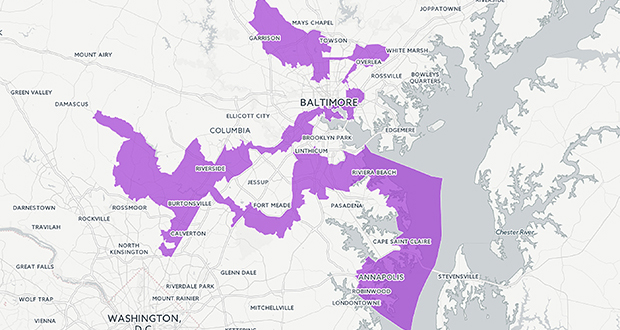How Politicians are Limiting Voter Power by Gerrymandering
Corrupt politicians and their allies routinely undermine voter power by rigging voting districts in favor of their own parties.
Politicians are rigging voting districts through gerrymandering
Politicians shouldn’t be allowed to choose their voters, right?
In theory, yes. In reality, the widespread, corrupt, and legal practice of partisan gerrymandering is one of the fundamental reasons why our political system is broken, why our government is stuck in gridlock, and why politicians don’t represent the will of the American people.
How gerrymandering works:
When politicians and their partisan allies draw election districts in a way that artificially advantages a politician, party or group over another, their goal is to decrease the competitiveness of districts and effectively ensure that their party wins.
The two main ways gerrymandering happens are “cracking” (breaking up a group that would be big enough to elect someone in one district into different districts where its numbers are too small to win representation) and “packing” (crowding a group that would be big enough to elect several candidates across several districts groups into one or two districts to diminish their overall representation and power in government).
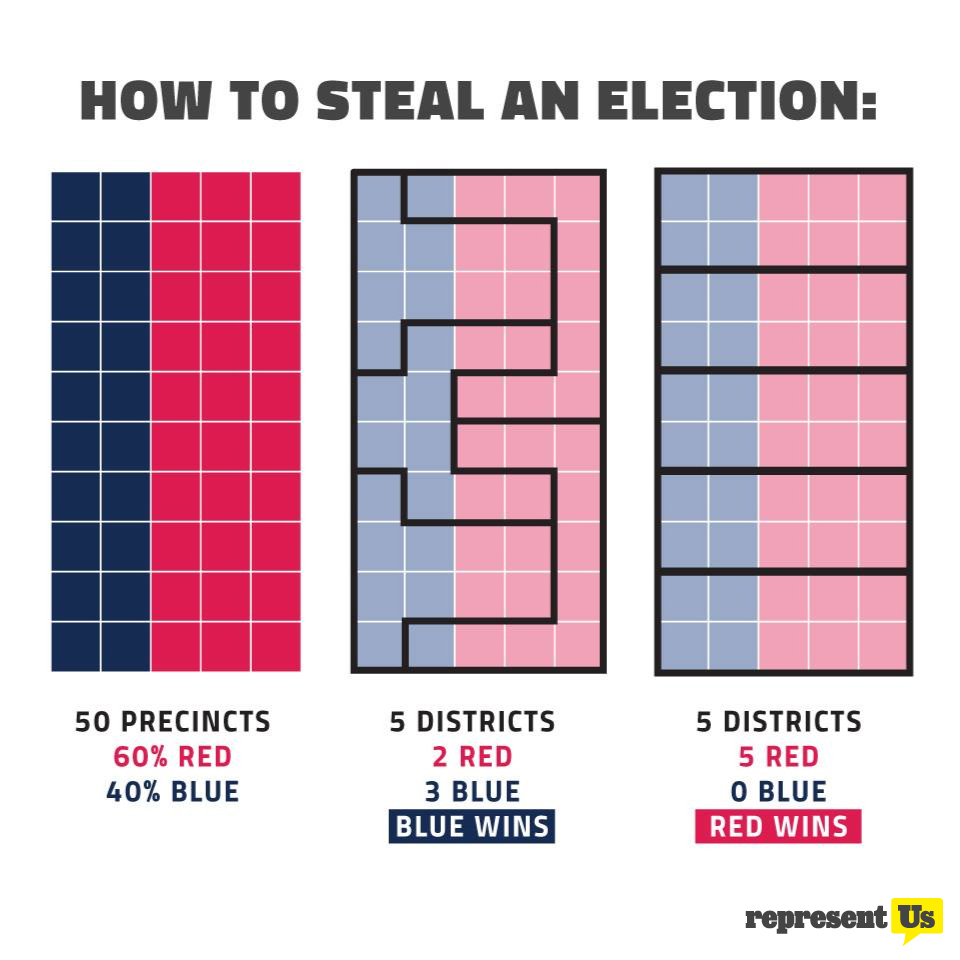
Why gerrymandering is bad:
Because of gerrymandering, the vast majority of seats in the House of Representatives are noncompetitive in the general election, and in 2021, the last time voting districts were redrawn, we found that only 13% of the newly-drawn districts were considered competitive.
When a candidate’s seat is “safe,” they have little reason to appeal to all voters in their districts. This undermines fair representation for all voters, erodes voter confidence, and can dilute minority voters.
In 2021, the last time voting districts were redrawn, we found that only 13% of the newly-drawn districts were considered competitive.
It also encourages more political polarization since the only competition happening in a “safe” district occurs during the primary elections, where there tends to be lower voter turnout and where voters tend to be more ideologically extreme. Because these candidates in safe gerrymandered seats only need to appeal to the fringes, you’re seeing more fringe candidates elected to positions of power.
And this is legal?
Sadly, it is. Even though 90% of Americans oppose the corrupt practice of gerrymandering, there has been very little momentum in Congress to pass a law to ban it because both parties are doing it and benefitting from it.
Infamous Examples of Gerrymandering
-
NC's 12th District
North Carolina’s 12th District
(Source: NYTimes)
- Description: Famously known for its irregular shape, the district has been redrawn multiple times. In the 2010s, it was a narrow, winding district that stretched over 100 miles, capturing predominantly African American communities.
- Impact: The district was designed to pack African American voters into a single district, thereby reducing their influence in neighboring districts. This led to legal challenges and the U.S. Supreme Court ruling in 2017 that it was an unconstitutional racial gerrymander.
-
PA's 7th District
Pennsylvania’s 7th District
(Source: WHYY)
- Description: Nicknamed “Goofy kicking Donald Duck” due to its bizarre shape, the district was heavily criticized for its contorted boundaries.
- Impact: The 7th District was redrawn to favor Republicans, splitting Democratic voters across multiple districts to dilute their impact. In 2018, the Pennsylvania Supreme Court ordered the state’s congressional map to be redrawn, leading to a more balanced representation.
-
MD's 3rd District
Maryland’s 3rd District
(Source: The Daily Record)
- Description: Often cited as one of the most gerrymandered districts in the country, the 3rd District is known for its convoluted boundaries, resembling a broken-winged pterodactyl.
- Impact: This district was designed to favor Democrats by connecting disparate communities with little in common, effectively packing Republican voters into other districts. It has faced numerous legal challenges and remains a controversial example of gerrymandering.
Are there any solutions to gerrymandering?
Yes! Independent Redistricting Commissions. Research shows that states that adopt independent non-partisan redistricting commissions that are free of influence from elected officials and other partisan actors draw fairer, more competitive maps overall.
Best of all? We don’t need Congress’s help to pass them. Instead, we can bypass Congress and go state by state to get rid of the corrupt practice of gerrymandering.
Since 2012, we’ve scored 197 wins all across the country to pass policies like independent redistricting commissions that fix our broken political system. See our wins »

You Can Make A Difference
Keep Learning

What’s driving political polarization and how can we solve it?
Aug 27 2024
What if our political system and the way we vote is contributing to the problem?
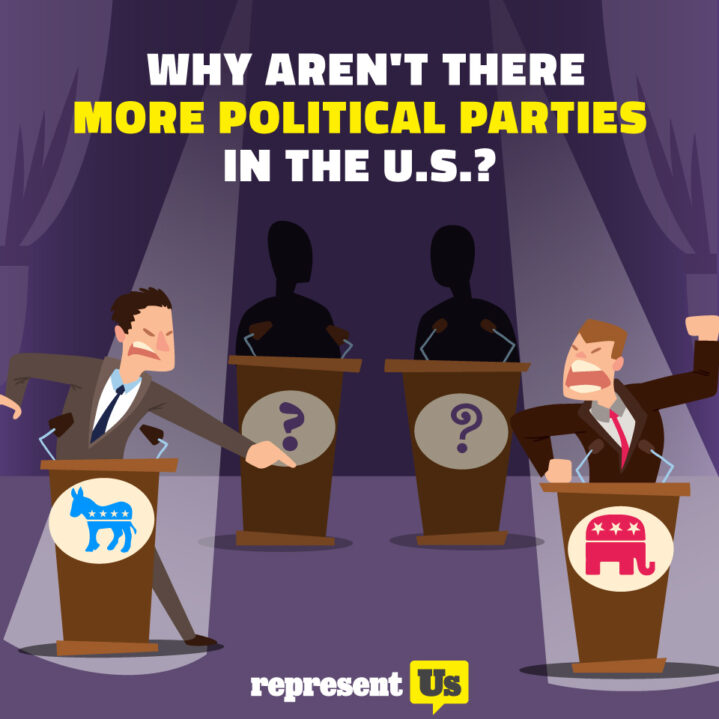
Why Aren't There More Political Parties in the U.S.?
Feb 29 2024
Americans want more options, but our election system pushes us toward a duopoly.

Why Partisan Gerrymandering Helps Explain The Speaker Vote Fiasco
Jan 13 2023
Until we fix the structural problems with our democracy, this kind of dysfunction will likely continue.

10 Reasons Why Americans Rank ‘threats To Democracy’ As Their Number 1 Issue
Sep 2 2022
In a recent poll, voters ranked “threats to our democracy” as the number one issue facing the country.

Despite More “Balanced” Congressional Map, American Voters Have Less Choice
Apr 15 2022
Where do we stand after 2020 redistricting?

How RepresentUs Helped Secure Fairer Redistricting Maps
Mar 30 2022
The once-in-a-decade redistricting process may sound procedural and wonky – but redrawing district lines has enormous consequences over which voters are represented fairly and which get the short end of the stick.

